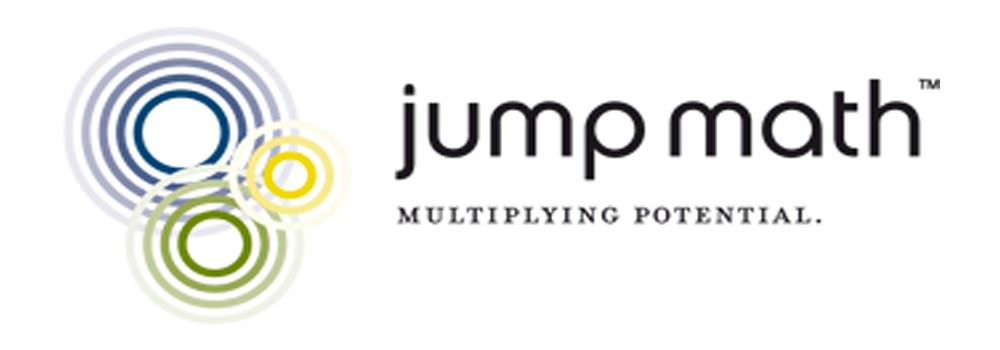What it takes to be a youth social entrepreneur
To pay for the things I need to do my work? To pay the people working with me?
A crucial difference between a business and social enterprise is that a social enterprise does not measure its success by profits. Social enterprises have a different bottom line: social impact. Nonetheless, if these organizations want to be successful and don’t want to rely on the kindness of others, in the form of government grants and charity, they need to find a way to generate flow.
“A personal challenge was, I had no idea how to get money other than from [the] government.” When Al started PLAN, he had decided to stop seeking financial support from the government. But where else could he go for money?
Al’s predicament forced him to think outside the box by reconceptualising the problem in his head. Al soon realized he was in the business of financial planning for families who had loved ones living with disabilities. He started asking questions like, who else was in the business of giving money? Who else has a vested interest in people living with disabilities in the community? Al came up with answers that he had previously never considered: banks, credit unions, insurance agents and lawyers.
PLAN formed partnerships with these institutions by connecting them with a unique niche market: people living with disabilities. For example, VanCity is a credit union based in Vancouver which already had people with disabilities among its members. By partnering with PLAN, VanCity reinforced existing member loyalty and satisfaction, and had more business come in as a result. As PLAN connected its members with different institutions, it generated cash flow by offering training to lawyers and financial planners on how best to address the needs of people with disabilities.
The importance of collaboration
Partnering with other established organizations did something else for PLAN besides simply generating money. It increased its profile and credibility, which is crucial for a young Social Enterprise.
JUMP Math partnered with the University of Toronto and The Hospital for Sick Children to conduct a randomized control study. JUMP students achieved twice the rate of progress than that of the control group. This was a breakthrough moment for JUMP. But more than providing the numbers to statistically back JUMP’s tutoring program, the collaboration associated JUMP with research giants such as SickKids and the University of Toronto, cementing its reputation in a way that would been challenging otherwise.
Al also emphasizes the point by saying, “It is really important to pause and look around and see who else is in the field, even your potential competitors, but more importantly, [your] potential collaborators. That’s a very critical challenge for social entrepreneurs.”
Every entrepreneur wants to have their idea taken seriously. People are skeptical about new ideas and innovations, and defending their idea is just one of the many hurdles social entrepreneurs have to face. Collaboration with organizations sharing similar interests is one effective way of lending credibility to the idea.
The face of youth social entrepreneurship
To contrast John and Al’s experience with someone a little newer to the playing field – to see whether greener eyes had a different perspective to offer impassioned youths wanting to make a positive impact – Philip Chen gave his point of view.
Philip Chen co-founded Social Spark while still at the University of Toronto, a non profit that helps cultivate the social entrepreneurial spirit in individuals. Social Spark gave birth to Njaro, a company providing socially sustainable clothing to the developed world from Tanzania, and Spuro, a fundraising platform that brings out the competitive spirit in organizations by having them compete with each other.































Share the post "What it takes to be a youth social entrepreneur"